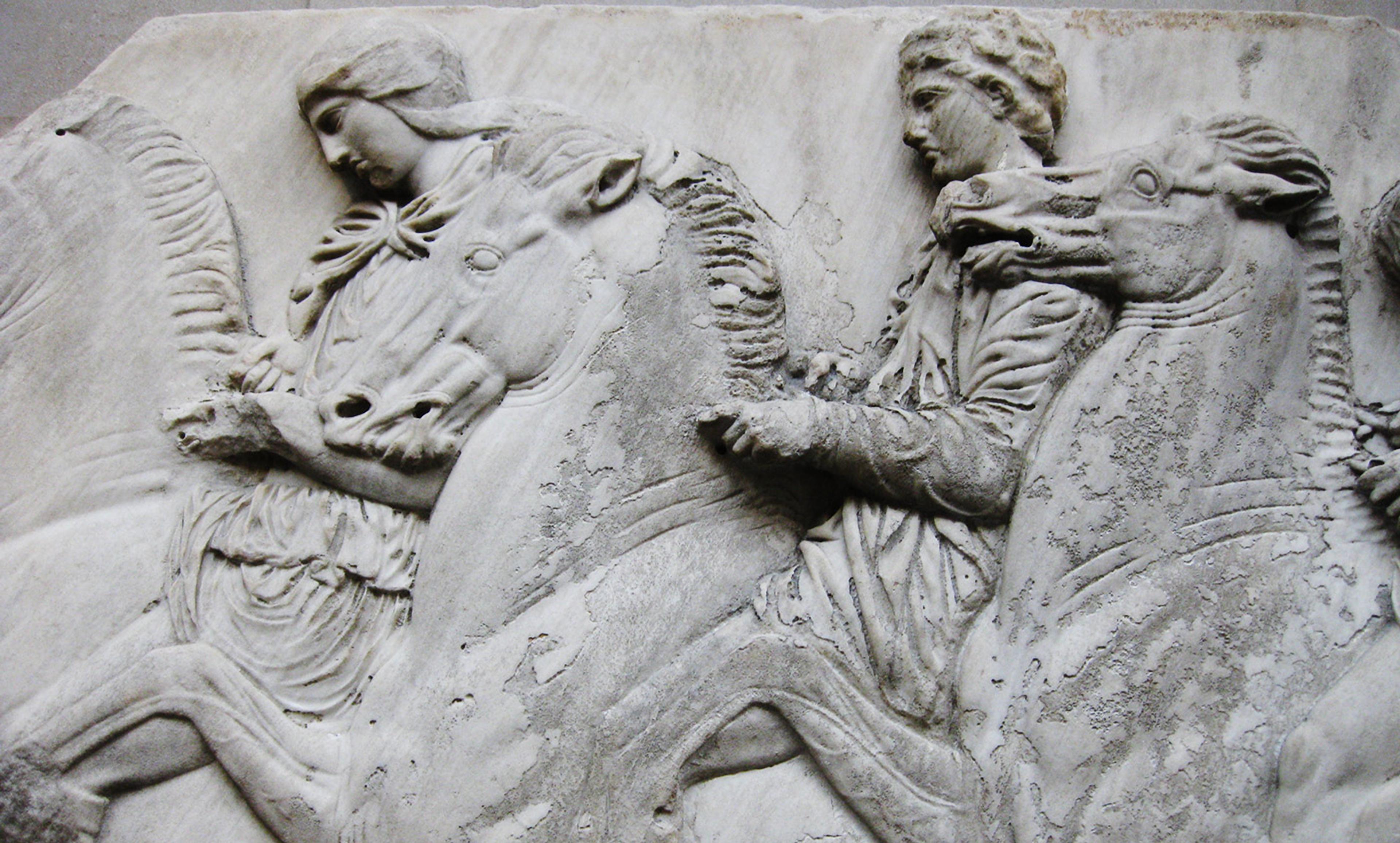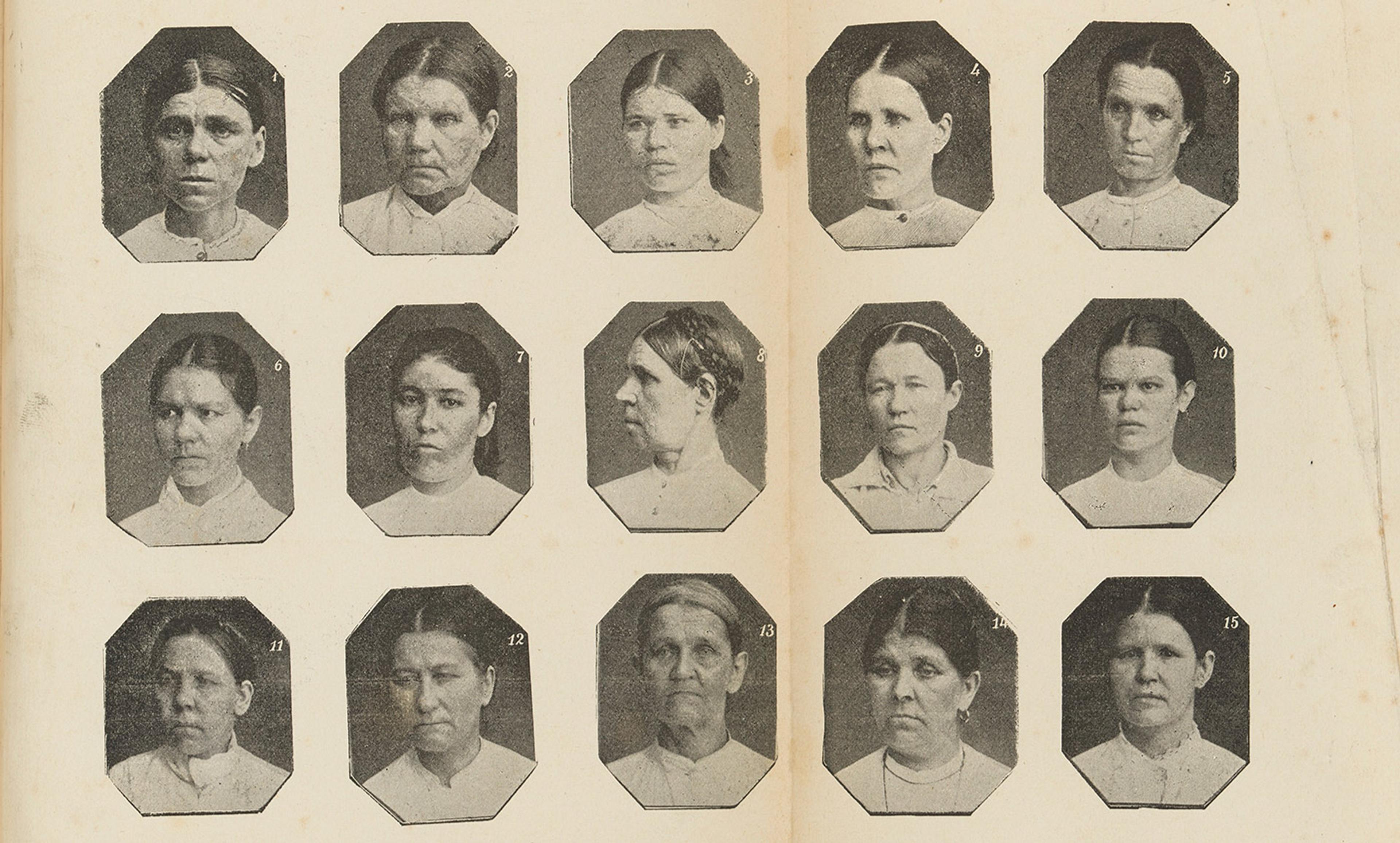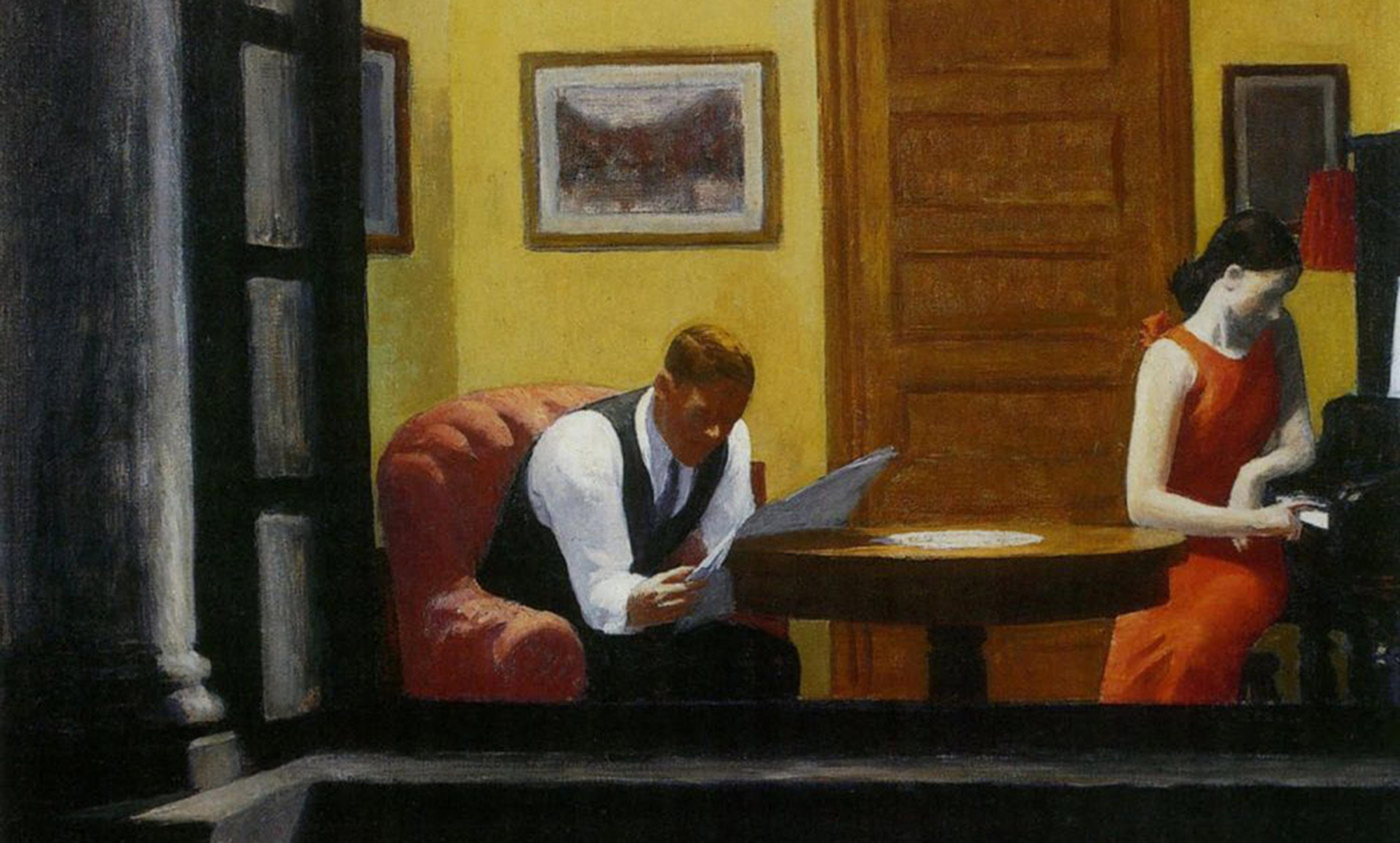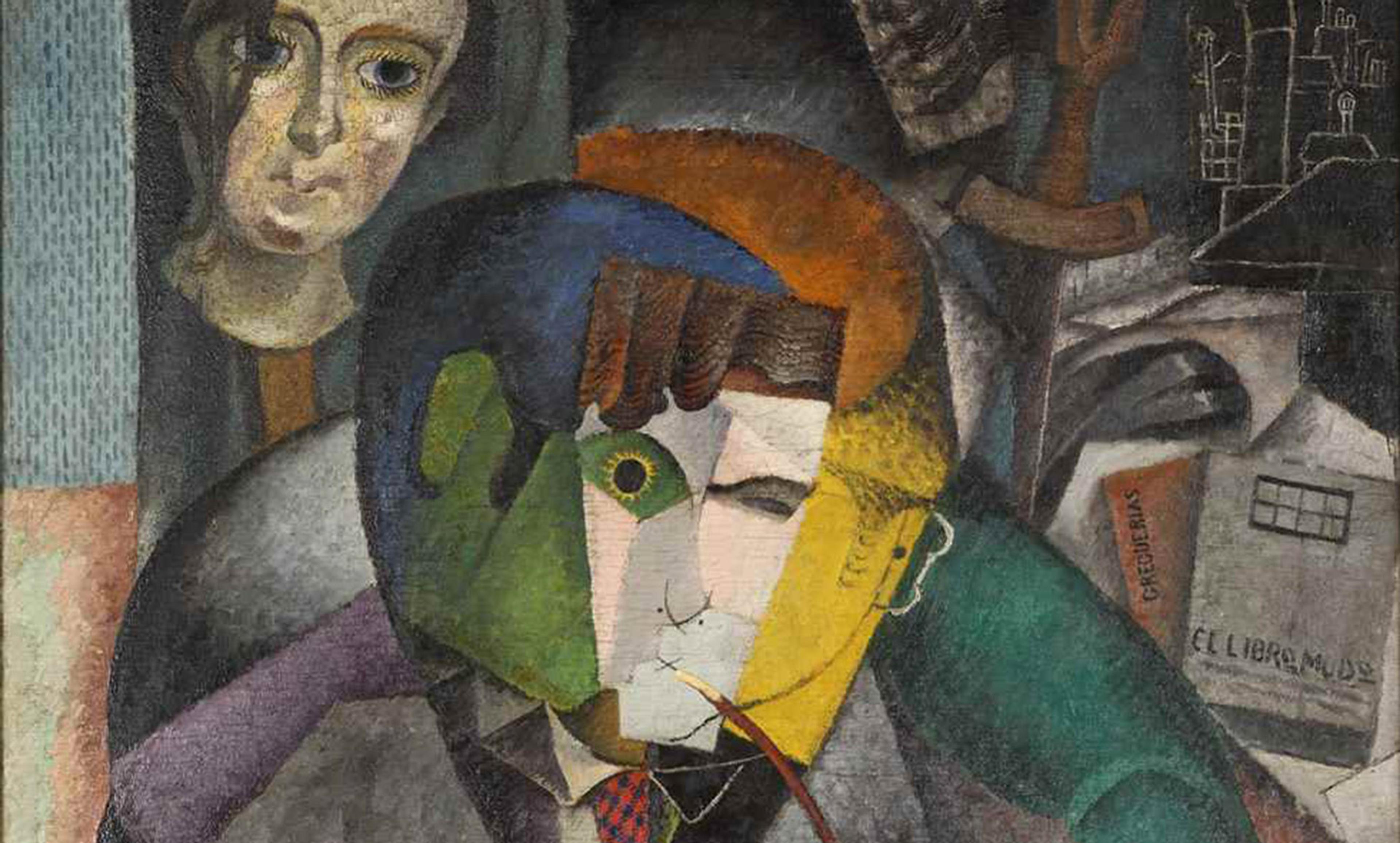
Phil Whitehouse/Flickr
Should art looted by the Nazis be returned to the families of its original owners? Of course. Should the Elgin Marbles be returned to the Greeks? Some say yes, but many say no. What about the Benin Bronzes? Europeans took – by force – thousands of these stunning bronze sculptures from what is now Nigeria. They are now in the British Museum, the Ethnological Museum of Berlin, and other European institutions to whom they were sold to offset the expenses of ‘pacifying’ Africans. Aboriginal Australians and Native Americans are also calling in vain for the return of sacred artefacts now in European possession.
The farther we get from Western Europe, the less morally compelling we seem to find the claims of those whose art Europeans looted. Crimes committed against Western Europeans, including victims of the Nazis, merit restitution and correction whenever possible. The Greeks have a certain standing through the legacy of classical society, but they are geographically and economically on the periphery of Europe. Their claims garner less consensus. Crimes committed against Africans, Asians and indigenous peoples are clearly different. Outside of small activist circles, their claims find very little support. Why?
In 1801, Thomas Bruce, seventh Earl of Elgin (1766-1841), sent a package of luxury items to his agent in Greece. The contents, as Elgin detailed in an accompanying letter, included three silver telescopes, two crystal bottles, and a gun. Elgin instructed his agent to use the objects to bribe the Turkish officials who then ruled Greece. The bribes would smooth the way for Elgin’s pilfering of ancient Greek art.
Elgin purchased antiquities from governmental and church authorities as well as private landowners throughout Greece. He removed almost all of the sculpted decoration from the fifth-century BCE temple of Athena Parthenos, Athena the Virgin, on the Athenian Acropolis. He was not a private adventurer. Elgin was the British ambassador to the Ottoman Empire, which then controlled Greece.
Elgin had intended the Parthenon sculpture to decorate his country estate. But, with his finances in disarray after being detained in France for several years as a political prisoner on his way home from Constantinople, he sold them to the British Museum in 1816. The Greeks have been asking for them back ever since then, arguing that Elgin stole them with the complicity of the Ottoman state. The Greek cultural minister has now declared the country’s intent to seek the assistance of the United Nations in resolving the issue.
The problem of stolen art extends far beyond the Elgin Marbles. European museums are full of artworks taken from countries under colonial control. People eager to reclaim their cultural heritage seek the return of these works. The British Museum, for example, holds thousands of priceless Chinese porcelains and other objects looted during the Second Opium War from the Old Summer Palace, burnt by British troops with hundreds of servants locked inside. European museums possess sacred Australian Aboriginal objects taken during the massacre-filled pacification of Australia. Thousands of bronze sculptures made to honour the kings of what is now Nigeria are in European museums. They were taken by the 1897 British expedition that deposed the king and ransacked the capital, and were then sold to help pay for the expenses of placing the previously independent Kingdom of Benin under British control. These histories of force and desecration make Elgin’s bribes look quaint, even gentlemanly.
Colonial-era curators saw Australian Aborigines, Native Americans, and other colonised peoples as weak and incompetent. In this mindset, they were saving, not stealing, their cultural treasures. Western European colonisers saw indigenous peoples as undeserving of the artistic heritage that had fallen into their hands. Thus, Elgin explained that he was rescuing the Parthenon sculptures from brutish Turks, despite the Ottomans having ruled Athens for centuries without harming the sculptures. One German scholar of the Benin Bronzes, Leo Frobenius, thought they were too beautiful to have been made by Africans. Instead, he proposed that they must have been sculpted by ancient Greeks who travelled to Africa – possibly to the lost city of Atlantis – and wrote that he was ‘moved to silent melancholy at the thought that this assembly of degenerate and feeble-minded posterity should be the legitimate guardians of so much loveliness’.
While it’s now common to denounce colonialism, belief in the superiority of colonising cultures still suffuses the views of cultural patrimony and artworks. Just compare the refusal of European museums to repatriate artefacts taken during colonial occupations to their very different approach to Nazi-looted art. The Nazis confiscated an estimated quarter to a third of all of the fine art in Europe during the Second World War. Much of this art was repatriated immediately after the war, but thousands of works had already changed hands and would end up purchased by or donated to museums. Museums have been scrutinising their collections for decades to ensure that the families of Nazi victims get their artwork back or are otherwise compensated for their losses.
Why are the victims of Nazi aggression more deserving than those of colonial violence? At root, I see no reason other than disdain for non-Europeans. That’s why the Elgin Marbles, not the Benin Bronzes or Aboriginal art or Chinese antiquities, are the face of the debate about cultural repatriation. Museums, auction houses and collectors feel free to ignore non-European groups who ask for the repatriation of their artworks. Indeed, some commentators even attack such requests, as when one journalist recently described the decision of Jesus College, Cambridge, to repatriate a Benin Bronze as a ‘craven act’ and implied that Nigerians do not deserve to possess the sculptures because their ancestors paid for their creation by selling slaves (never mind that it was Europeans who purchased these slaves).
Today, as the world reconsiders the role played by colonial-era imagery and profits in our lives through actions such as removing celebratory statues and seeking to give reparations to the descendants of slaves, it is also time to take into account the histories of violence and subjugation behind the aesthetic pleasures of European museums. Museums should research the sources of all of their collections and respond to all repatriation requests in the same way as they do for Nazi-looted art. If the proper owners cannot be found, museums should post signage explaining how these objects reached Europe. And if these efforts result in some empty display cases, so much the better. Let’s take advantage of the fact that we live in the 21st century, not the 19th, and fill them with inexpensive, high-quality 3D printed replicas made from digital scans of the objects whose homecoming will solidify what today we so desperately need to be reminded of – humanity’s shared cultural heritage.





